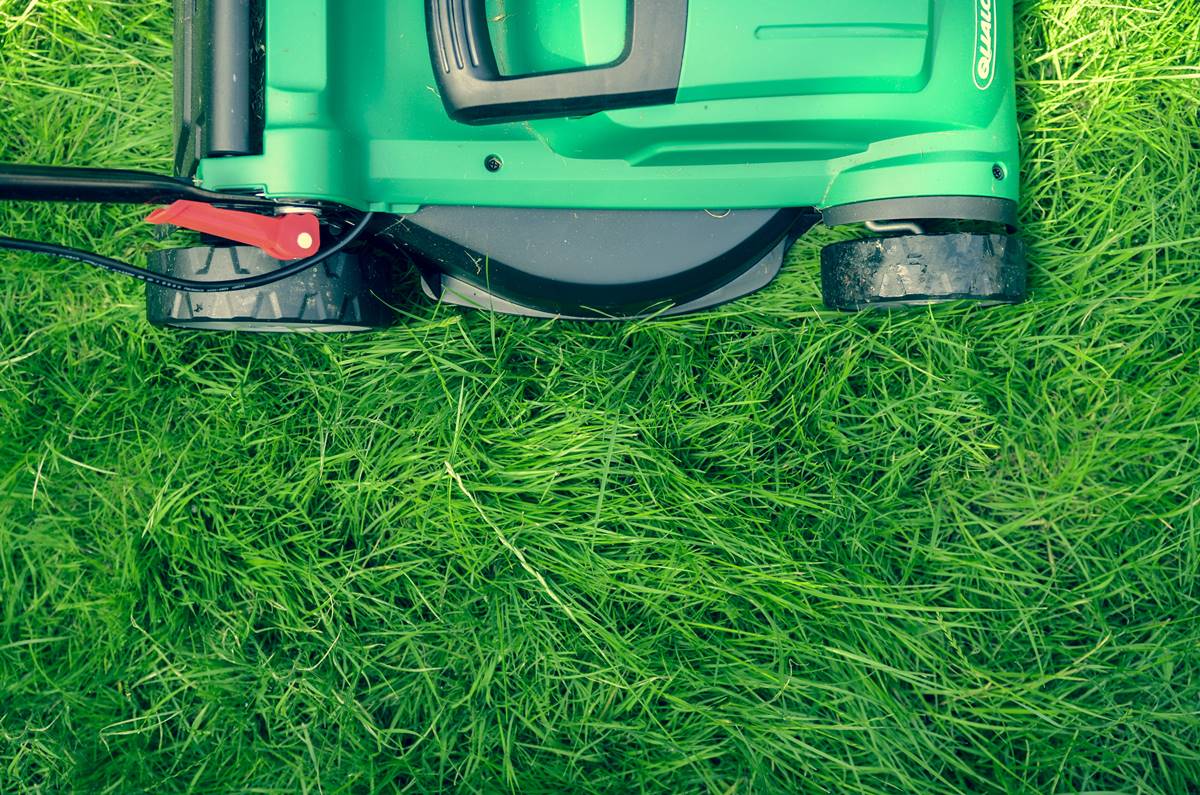We’re still in the midst of winter and if you’re like many people, you probably haven’t given much thought to your lawn in a while. Depending on where you live, the weather is anywhere from chilly to truly freezing, and your landscaping may be covered in deep snow. Out of sight, out of mind.
While you’re staying cozy indoors and looking through catalogs of flowers to plant in the spring, it’s easy to forget about your long-suffering lawn. But if you’re looking forward to a lush carpet of grass for the coming seasons, there are certainly things you can do now to help it along.
Of course professional lawn care companies exist to do all the work for you, so if you hire one now you can go right back to those flower catalogs without a worry. But if you’re determined to DIY, here’s a guide not only for winter lawn care but for the rest of the year as well.
WINTER
If you’re in a climate zone where temperatures are harsh and snow is a routine thing, there’s not much to do except be mindful that just because you can’t see the lawn doesn’t mean you should make it a new shortcut to the front door. Heavy foot traffic on frozen turf will lead to compaction of soil and grass roots that you’ll have to deal with later. That goes double for driving on it.
Even where the climate is more moderate, winter usually brings rain, so cut down your watering and if you don’t have “smart” irrigation controls, make sure to adjust sprinkler timers and keep an eye on the weather. Regardless of the season, lawns need at least an inch of water a week in order to thrive.
Another thing you can do is get a head start on spring by getting your tools ready. Scrub off old dirt, lubricate pivot points, and sharpen the blades on your hand tools and your mower.
SPRING
This is the time to do the jobs that will help your lawn recover from the winter and keep it full and green through the summer months.
- Rake. Put some muscle behind it and remove surface leaves and debris and the tangles of dead grass, roots, and organic matter known as thatch.
- Aerate. Your lawn needs breathing room to take in adequate hydration and nutrients. Aeration will correct compaction caused by weather and foot traffic.
- Correct the pH. Grass likes neutral pH, so grab a test kit and see if you need to adjust soil that’s too acidic or alkaline.
- Pre-treat for weeds. Stop weeds before they start by pre-treating so they don’t propagate.
- Over-seed. If you didn’t do it last fall, now’s the time. Just delay weed treatments until the grass has germinated because those treatments will kill new grass seeds as well.
- Fertilize. This will give your grass a strong root system and the energy for a long growing season.
SUMMER
The results of all your work should be evident by now, and there are just a few important things to take care of through the warmer weather:
- Water. Irrigate deeply rather than frequently, so water reaches grass roots rather than evaporates from the blades. It’s also a good idea to see that all areas of your lawn are getting the same amount of water by doing the tuna can test.
- Mow. Do it regularly and adjust the blades of your mower so it shears off only one third of the grass blade height each time. Resist the temptation to mow closely so you can do it less often; the higher the grass, the deeper and sturdier the roots are. Leave clippings in place to serve as mulch and to shield the soil from sun that will dry it out quickly.
- Weed. Hand pull shallow-rooted annual weeds and do spot treatments on hardier ones.
FALL
Fall lawn maintenance is essential for preparing it for winter and is the first step to assuring a beautiful spring regrowth.
- Overseed. Spreading new seed over the entire lawn rather than just the bare patches will improve grass density and overall health.
- Fertilize. This second round of fertilizing gives your lawn a boost of nutrients as it prepares to go dormant for the winter.
- Pre–treat for weeds. You may not see them until spring, but perennial weeds store energy and grow roots just the same. Don’t give them the chance.
- Clean up. Rake up debris and put away lawn furniture and large toys so they don’t compress the soil or make convenient homes for pests and diseases.
Your lawn needs TLC just like every other living thing. And did you know that a 50’ x 50’ area of turf gives off enough oxygen to supply the needs of a family of four? In fact, grass gives off over four times more oxygen than even trees do. So taking care of your lawn makes it more than beautiful, it helps the environment, too.







